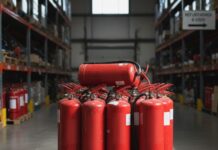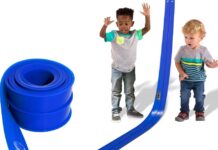Ensuring a baby’s safety during sleep is a priority for every parent. Creating a secure sleeping environment can help prevent accidents and provide peace of mind. From choosing the right bedding to following safe sleep practices, every decision matters. Below are essential crib safety tips to help parents create a safer sleep space for their baby.
Safety of Braided Crib Bumpers
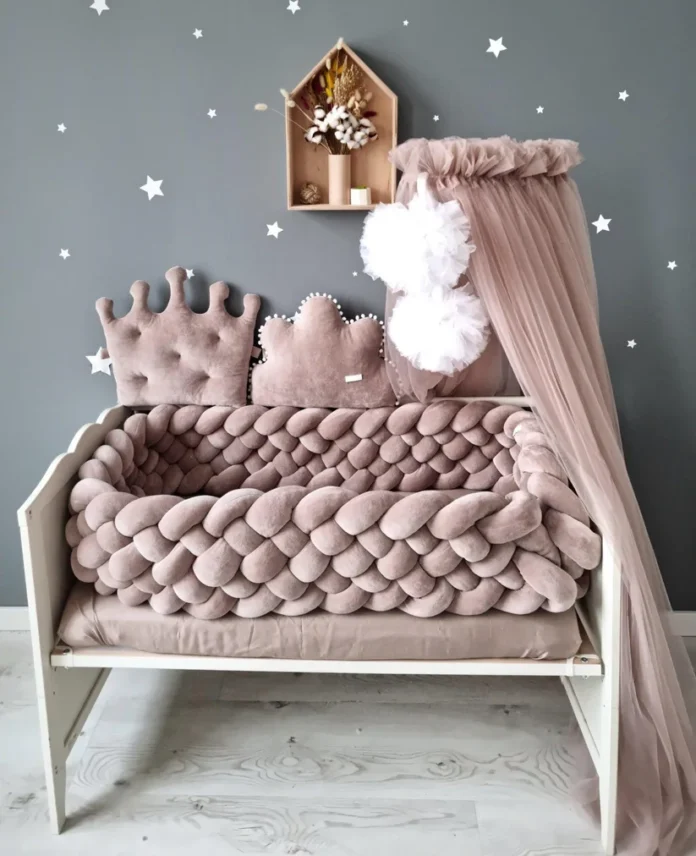
Braided crib bumpers have gained popularity for their soft cushioning and decorative appeal. However, their safety is a topic of debate. Experts caution against using any crib bumper due to potential suffocation and entanglement risks. If parents choose to use a braided bumper, it must be securely attached with no loose ends. The bumper should not create gaps where a baby could get trapped. A firm mattress with a fitted sheet remains the safest sleep setup, with no additional padding or bedding.
Choosing the Right Crib and Mattress
A sturdy crib with properly spaced slats is essential. The slats should be no more than 2 3/8 inches apart to prevent the baby from getting stuck. Drop-side cribs have been banned due to safety concerns, so only cribs that meet current safety regulations should be used. The mattress should fit snugly in the crib without any gaps where a baby’s limbs could get caught. A firm mattress is crucial, as softer options increase the risk of suffocation.
Safe Sleep Positioning for Infants
Babies should always be placed on their backs to sleep, as this reduces the risk of sudden infant death syndrome (SIDS). Side or stomach sleeping increases the risk of airway obstruction. If swaddling is used, the baby’s hips should have enough room to move freely to prevent hip dysplasia. Once a baby can roll over, swaddling should be stopped to avoid suffocation risks.
Keeping the Crib Free of Hazards
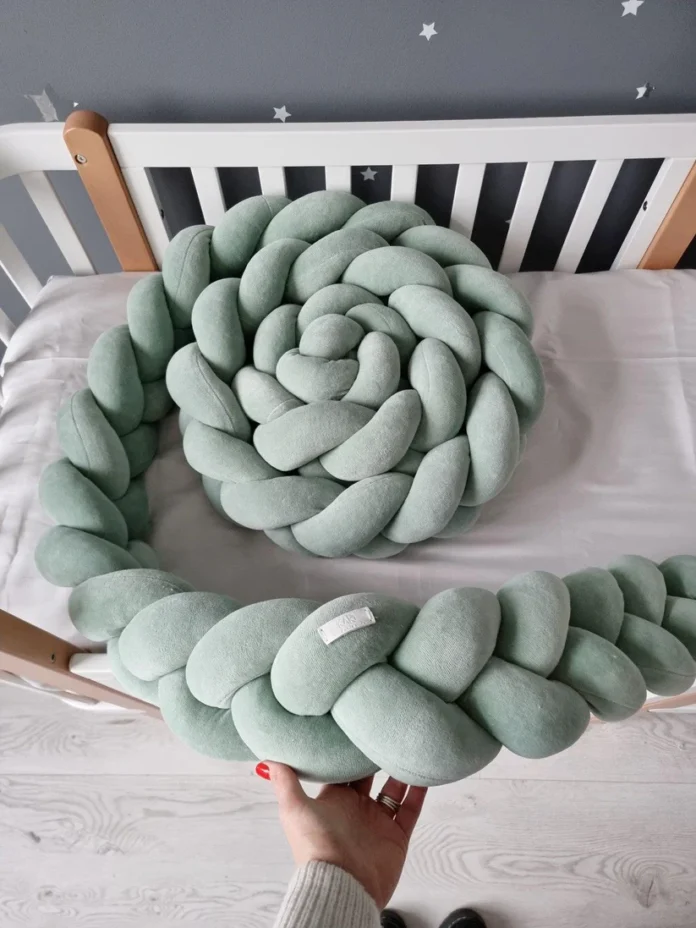
The crib should always be kept free of clutter. Items such as blankets, stuffed animals, and pillows pose suffocation risks and should be avoided. Some parents believe extra bedding provides comfort, but it increases the risk of breathing obstruction. A sleep sack is a safe alternative to keep the baby warm without the need for loose blankets. Additionally, any mobiles or decorations should be placed high enough so the baby cannot grab them.
Monitoring Room Temperature and Airflow
The temperature of the baby’s sleeping environment plays a crucial role in safety. The ideal room temperature should be between 68 and 72 degrees Fahrenheit. Overheating increases the risk of SIDS, so dressing the baby in light layers is recommended. Using a ceiling fan or ensuring proper airflow can help maintain a comfortable sleep environment. The crib should also be placed away from windows, heaters, or direct sunlight to prevent temperature fluctuations.
Regularly Inspecting the Crib for Damage
Cribs should be checked regularly for signs of wear and tear. Loose screws, broken slats, or peeling paint can create hazards. If any damage is found, the crib should be repaired or replaced immediately. Using a crib that meets current safety standards is essential, as older models may not comply with updated regulations.
Transitioning Out of the Crib at the Right Time
As children grow, they will eventually outgrow their cribs. If a child begins climbing out or reaches 35 inches in height, it may be time to transition to a toddler bed. A toddler bed with guardrails can help prevent falls and provide a smoother transition. Before switching, the mattress should be placed at the lowest setting to extend the crib’s use while keeping the child safe.
Final Thoughts
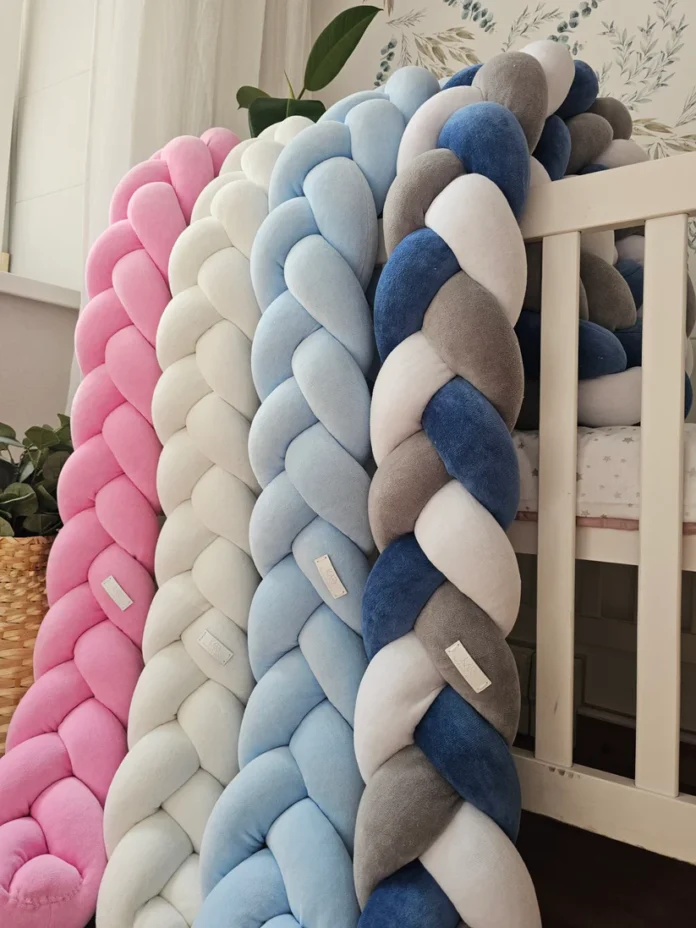
Creating a safe sleep environment requires attention to detail. While braided crib bumpers may seem like a cozy addition, they should be used cautiously. A well-constructed crib, a firm mattress, and proper sleep positioning all contribute to a safer sleep space. Regular inspections and keeping the crib free from hazards further reduce risks. By following these tips, parents can help ensure their baby sleeps safely every night.


